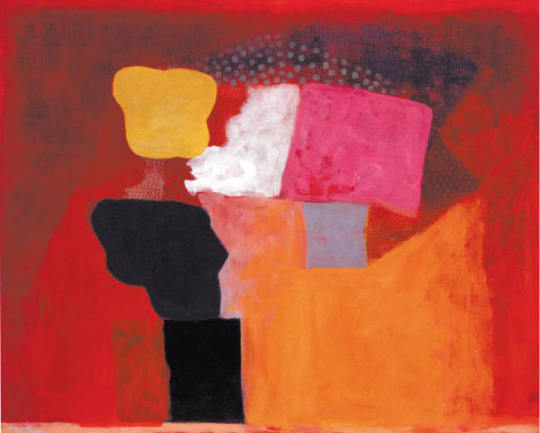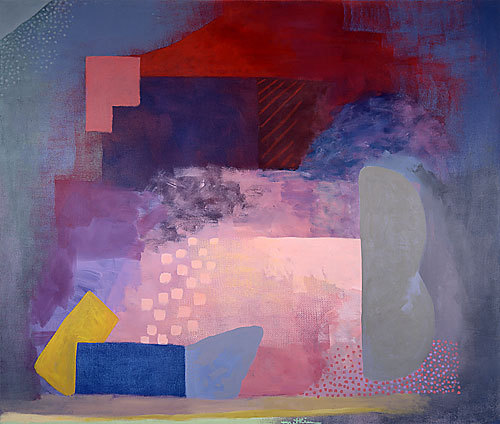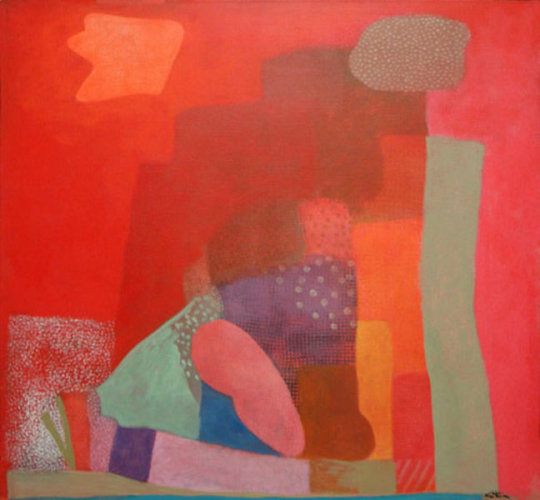TriadCity’s recently gained an NPC named "Barbecue Dave". He's a socially ill-adept NorthWesterner struggling, like much of NorthWest, to reinvent himself. With encouragement from his therapist - with tongue firmly in cheek, we imply that Dave's therapist is, ahem, Eliza &emdash; Dave seeks friendships and social integration by contributing his one great skill to the community. He’s a fabulous barbecue chef. Frequently by night and often by day you'll find him in the Park NorthWest, grilling salmon or chicken or breadfruit, shyly giving his delicious food away to anyone who wants it.
Twenty years ago in CircleMUD I'd have written Dave as a static NPC who'd always be found in his one place, the barbecue grills in the Park. He’d be there permanently, he’d always have food for you, he'd still be lonely and struggling, that would still say something worthwhile about the culture of the NorthWestern Third, and that'd be that.
But this is TriadCity, and we don't do that.
Instead, Dave has a home. He lives in one of the collectives not far from the University in NorthWest. And he has a job. He's a professional chef at Stephanie's Restaurant in White Plaza. And he has hobbies. He likes the comedy club on Lenny Bruce Street. But his great love is for cooking in the park, where he spends most of his free time. To make that happen, he first has to find ingredients for his barbecue, so you'll sometimes find him shopping in The Barras, or the White Plaza. Follow him around, you'll see him: asleep in the collective; sweeping up the collective; picking herbs and cooking meals for the collective; walking to work; cooking at work; shopping in The Barras for salmon or chicken; picking breadfruit from the trees in the White Plaza; walking to the barbecue pits in the Park; cooking in the Park; offering his food to anyone who’s there; running out of things to barbecue, going back to The Barras for more; waiting for shops to open; picking more breadfruit; walking to the comedy club; laughing at the performers in the comedy club; going home to the collective; going to sleep. At different times of day he’s more or less likely to be doing any one of these things in particular.
So. Here's a list of everything which had to exist in the game world and the code base to allow this single character to be who is today:
- A home for him to live in. The collective, or a different one, or somewhere else.
- A job for him to work at. The restaurant, or a different one, or something else, including the neighborhood where the restaurant is.
- Shops where he can buy salmon, chicken, and other raw ingredients.
- Merchants who staff the shops; inventory for the merchants to sell.
- The breadfruit trees where he picks free ingredients.
- The barbecue pits where he does his public cooking.
- The comedy club where he sometimes chills.
- The comedians who make the comedy club worth going to.
- The collective home tasks which make his residence there realistic and worthwhile.
- Brooms for sweeping; salmon for purchasing; breadfruit for picking.
- The roads and pathways between all these places.
- The ability of NPCs to move around the game world.
- The ability of NPCs to find their way between specified destinations within the game world.
- The ability of NPCs to buy things at shops.
- The ability of NPCs to cook things on barbecues. The ability of barbecues to cook things.
- Trees that grow things, things that grow on trees.
- The ability of NPCs to sweep with brooms.
- The ability of NPCs to find and pick herbs.
- Dave’s special abilities to determine whether he needs to buy more ingredients or not; whether there’s something currently on the grill or not; whether there’s somebody in the Room to offer his barbecue to or not; and to intelligently transition between these activities.
- I’m sure this list is one tenth complete, but you get the idea.
- Now note that each of the merchants selling things Dave needs require similar levels of world completion...
As you can see, there's a "critical mass" threshold which TriadCity has had to pass before this level of verisimilitude could be reached. In practice it was a critical mass Catch-22: there had to be enough game world like this before we could grow the game world to be like this. You’re just now seeing TriadCity burst into the kind of liveliness we've always envisioned for it.
Remnants remain of the pre-threshold world. As I write this, the family playing football in the Park South is always there; the kids playing robot soldiers nearby are always there; many of the law students are in the law school 24/7. This simply means nobody's written their homes yet. It'll happen soon-ish, then they'll all be moving around with the same liveliness as Barbecue Dave.
Dave himself will grow with the world. As we flesh out NorthWest, Dave'll expand his hobbies beyond merely the comedy club, and he'll have vastly more shopping opportunities. But, he'll always tend to gravitate around those barbecue grills because at the end of the day, that's who he is.










